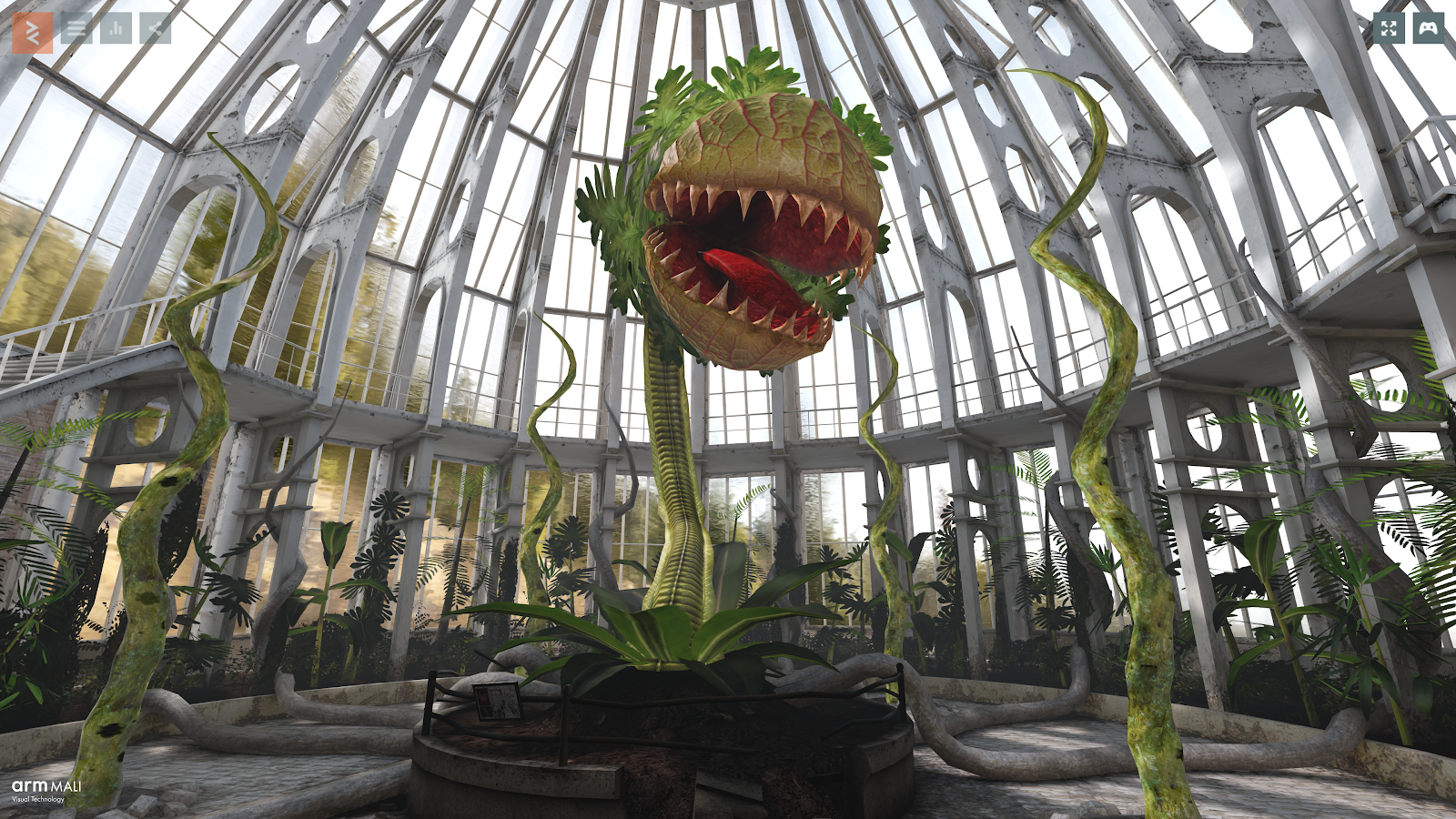Introducing PCUI - An Open Source UI Framework for the Web
Today, PlayCanvas is launching PCUI: a new, open source front-end framework for the web.
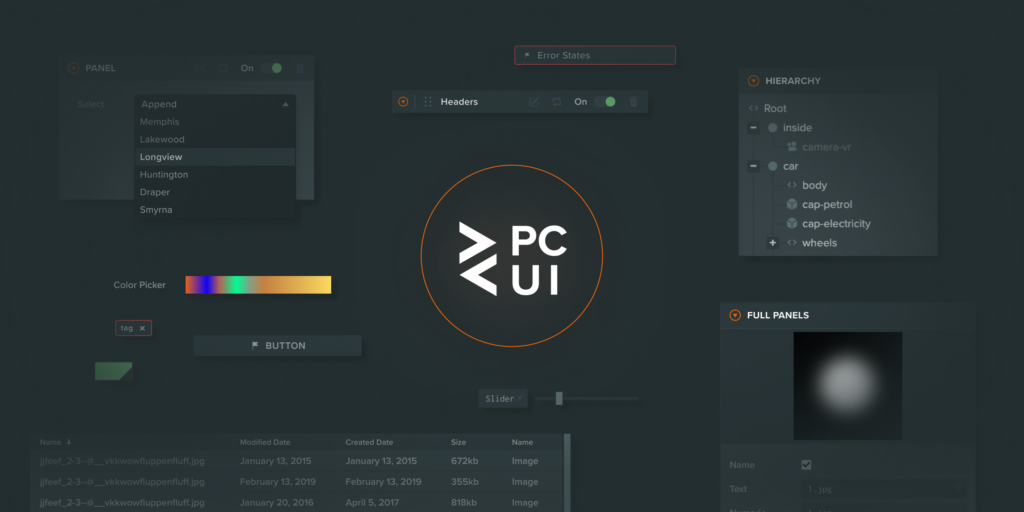
Today, PlayCanvas is launching PCUI: a new, open source front-end framework for the web.


It’s finally here! The PlayCanvas team is very excited to announce the public release of our new Templates feature! 🎉
Today, the PlayCanvas team is excited to announce the release of a brand new browser-based glTF viewer application.
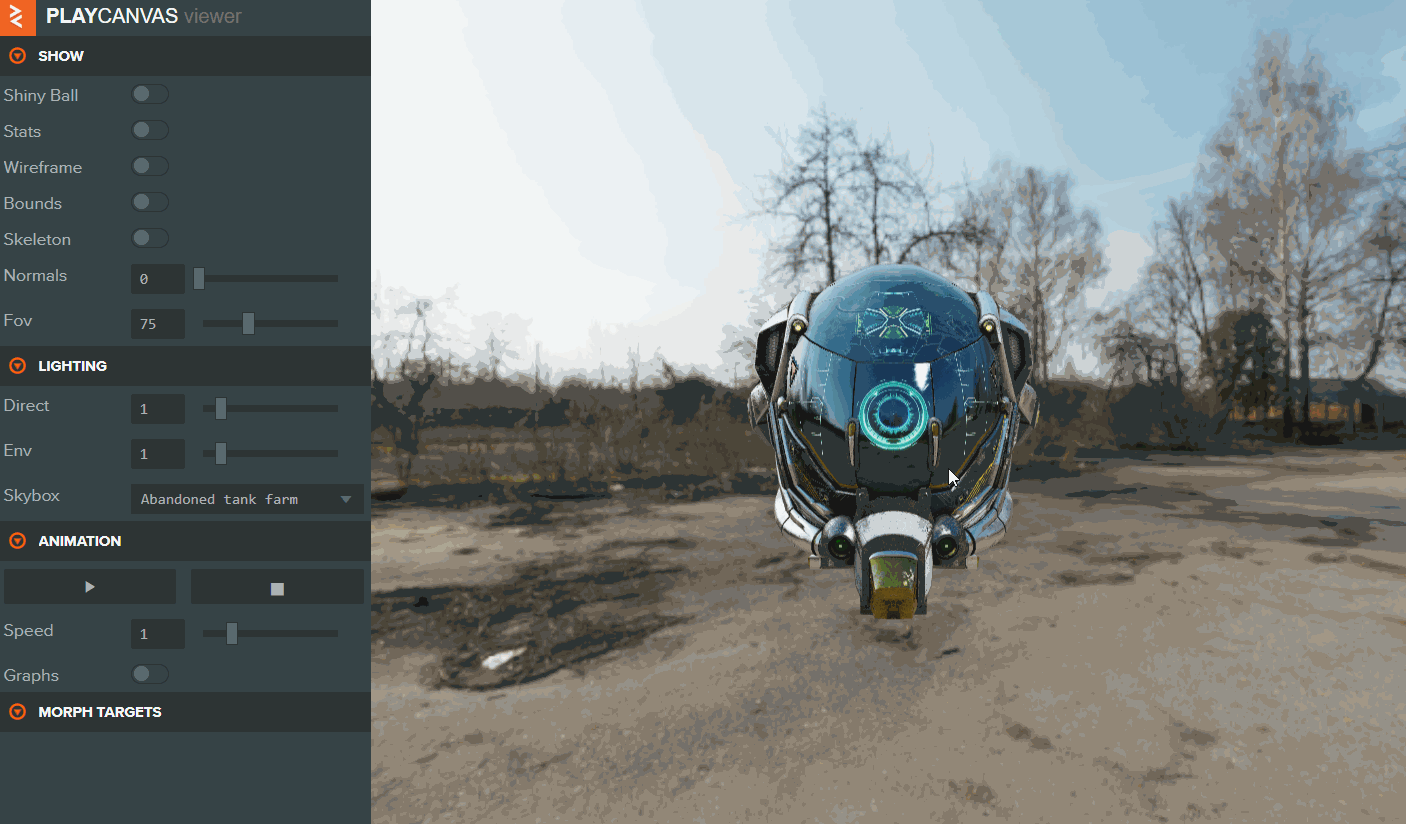
Creativity makes our world a better place. PlayCanvas unlocks creativity through collaborative, frictionless tools that enable everybody to build, share and play together.
With PlayCanvas, getting started with game development is as simple as clicking on a hyperlink. No installation, available wherever you have access to a browser and easily shareable for a real-time collaborative workspace.
Since 2011, the PlayCanvas engine sourcebase has adhered strictly to the ES5 JavaScript specification. Since then, the JavaScript language and the surrounding tools ecosystem has moved on considerably. But PlayCanvas has steadfastly stuck to ES5. Why? Internet Explorer 11.
IE11 was released on October 17, 2013. But even today, StatCounter reports that IE11 has 2.43% of the global desktop browser market. Since PlayCanvas content is viewed by 100s of millions of end users, this is a pretty big deal.
In the early days of PlayCanvas, we published a game called TANX, an online multiplayer tank battle game.
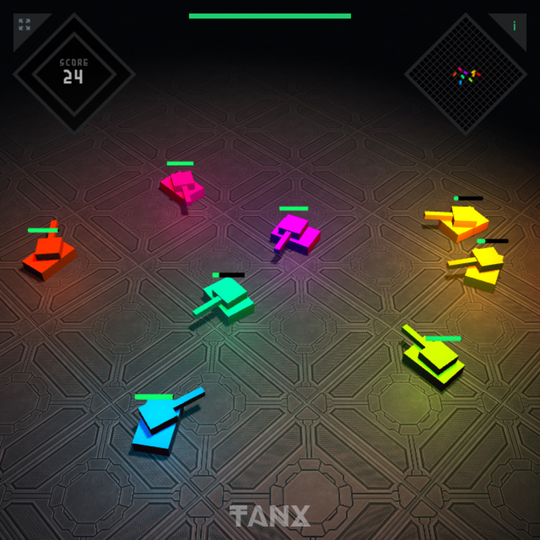
The PlayCanvas WebGL game engine integrates with ammo.js - a JavaScript/WebAssembly port of the powerful Bullet physics engine - to enable rigid body physics simulation. We have recently been working out how to extend PlayCanvas’ capabilities by using soft body simulation. The aim is to allow developers to easily set up characters to use soft body dynamics.
Here is an example of a character with and without soft body cloth simulation running in PlayCanvas:
Are you shipping your PlayCanvas app or game in just one language? You may be preventing international users from enjoying it! Today, we are happy to announce the arrival of a localization system built right into the PlayCanvas Editor!
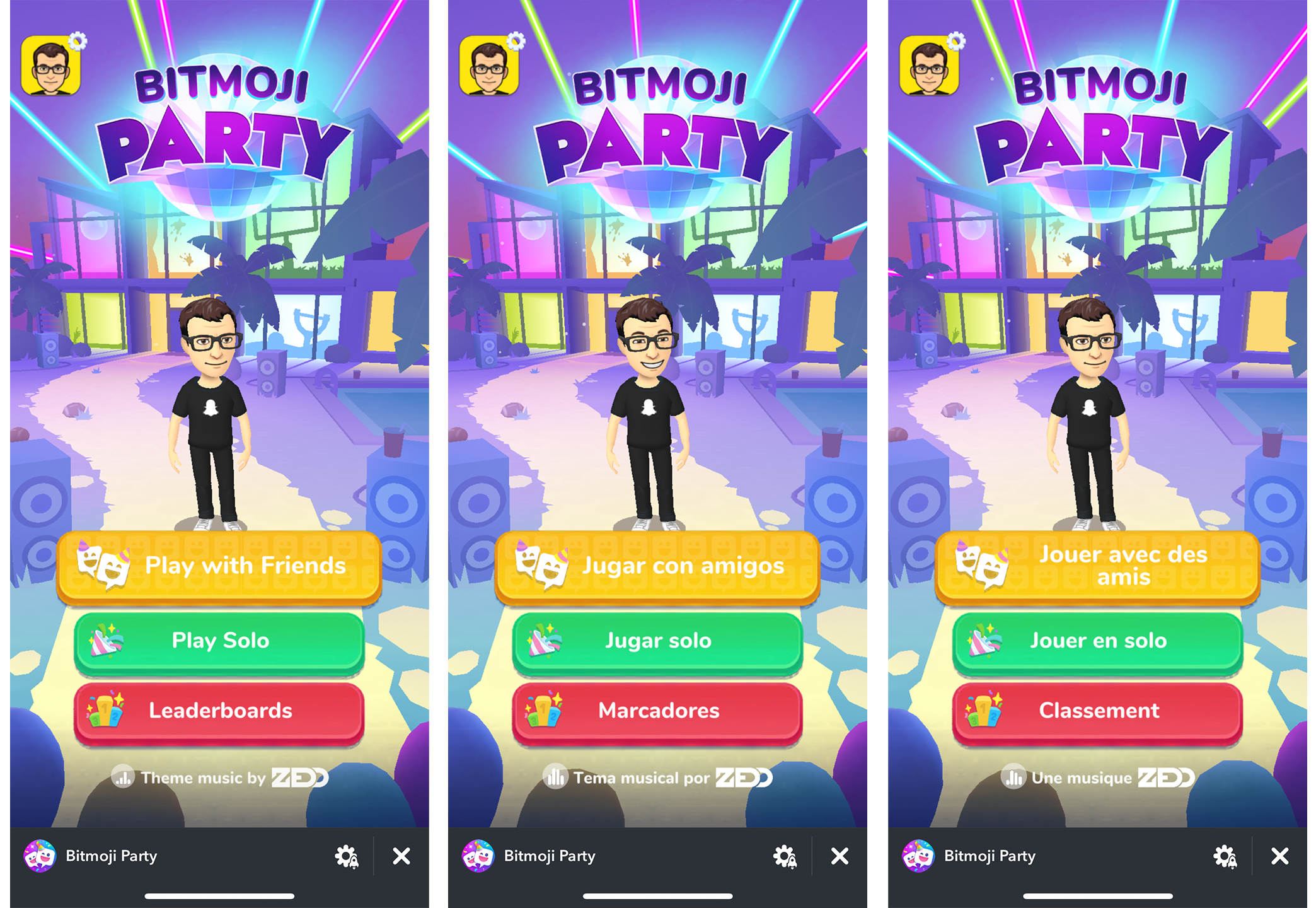
PlayCanvas-powered Bitmoji Party localized into English, Spanish and French
Cambridge/Santa Monica, August 1 2019 - Arm and PlayCanvas are announcing the open sourcing of the renowned Seemore WebGL demo. First published in 2016, the graphical technical demo has been completely rebuilt from the ground up to deliver even more incredible performance and visuals. With it, developers are empowered to build their projects in the most optimized way, as well as using it to incorporate some of its performant features and components into their own projects.
